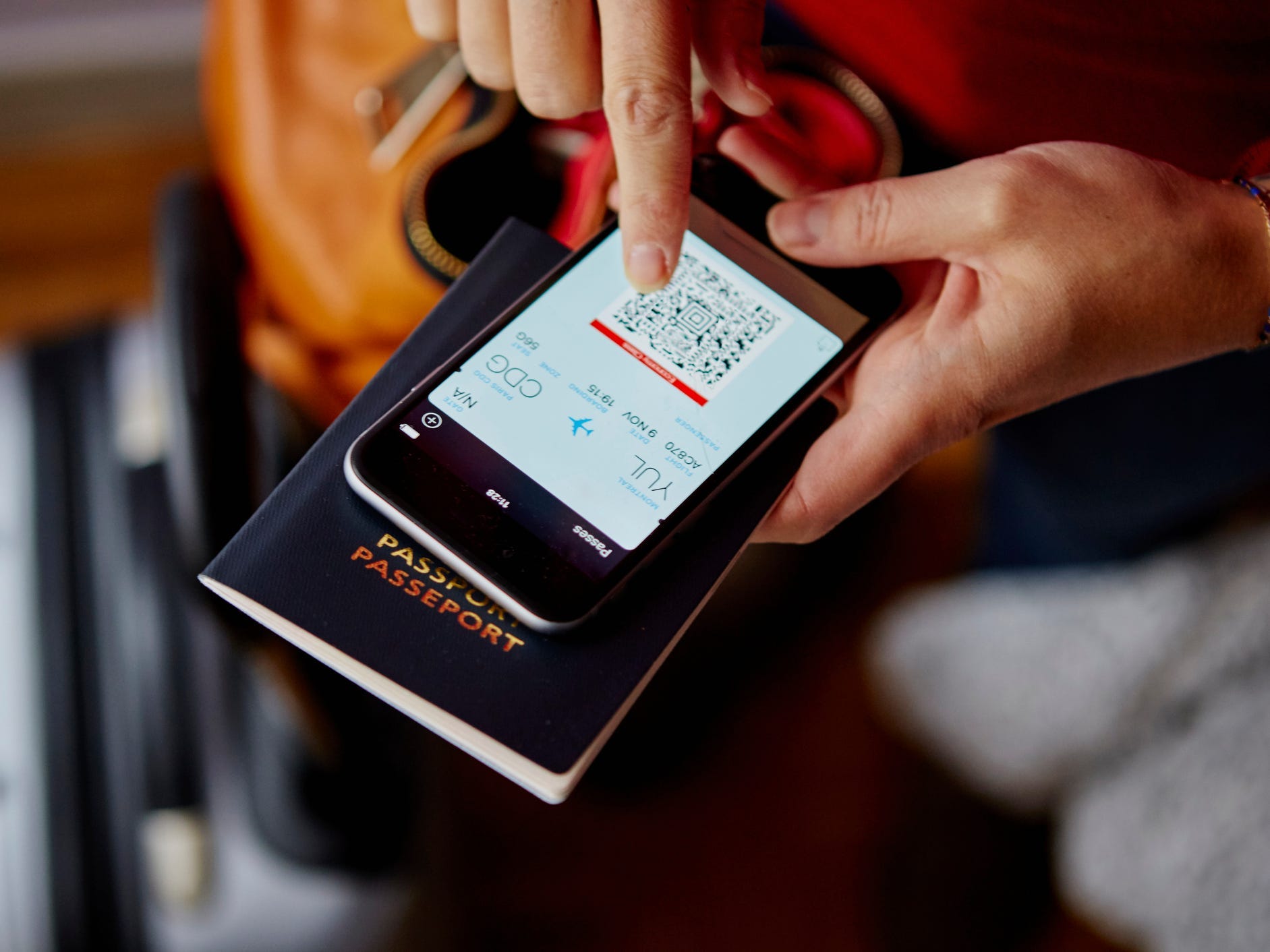
Kathleen Finlay/Getty Images
- QR codes are a type of barcode, or scannable pattern, that contain various forms of data, like website links, account information, phone numbers, or even coupons.
- QR codes are found everywhere from menus to social media to billboards but have picked up popularity during the pandemic for their contactless nature.
- To scan a QR code with your iPhone or Android, you'll want to use the QR code lens feature of your camera or download a QR code reader app.
- Visit Insider's Tech Reference library for more stories.
You've probably noticed a square barcode pasted to a graffitied light pole or on the back of a business card.
That pixelated code, shaped in a square, is called a QR code. They help you download apps, give you contactless access to a restaurant's menu, can be found on marketing billboards, and on websites or social media to promote items and deals.
Despite being a mid-90s invention, the QR code didn't gain real momentum until the era of smartphones. Mobile devices allowed the digital mark to be used in more dynamic and diverse ways, making it an easy – and in the era of a pandemic, contactless – way to connect to and share information.
Here's what you need to know about QR codes.
What is a QR code?
Invented in 1994 by Masahiro Hara, chief engineer of Denso Wave, a Japanese company and subsidiary of Toyota, the QR code was initially used to track vehicles and parts as they moved through the manufacturing process.
Short for Quick Response, QR codes are a type of barcode easily readable with digital devices like smartphones. They store information as a series of pixels in a square grid that can be read in two directions - top to bottom and right to left - unlike standard barcodes that can only be read top to bottom.
QR codes can store about 7,000 digits or around 4,000 characters, including punctuation and special characters. It can also encode information like phone numbers or internet addresses. The arrangement of each QR code varies depending on the information it contains, and that changes the arrangement of its black modules.
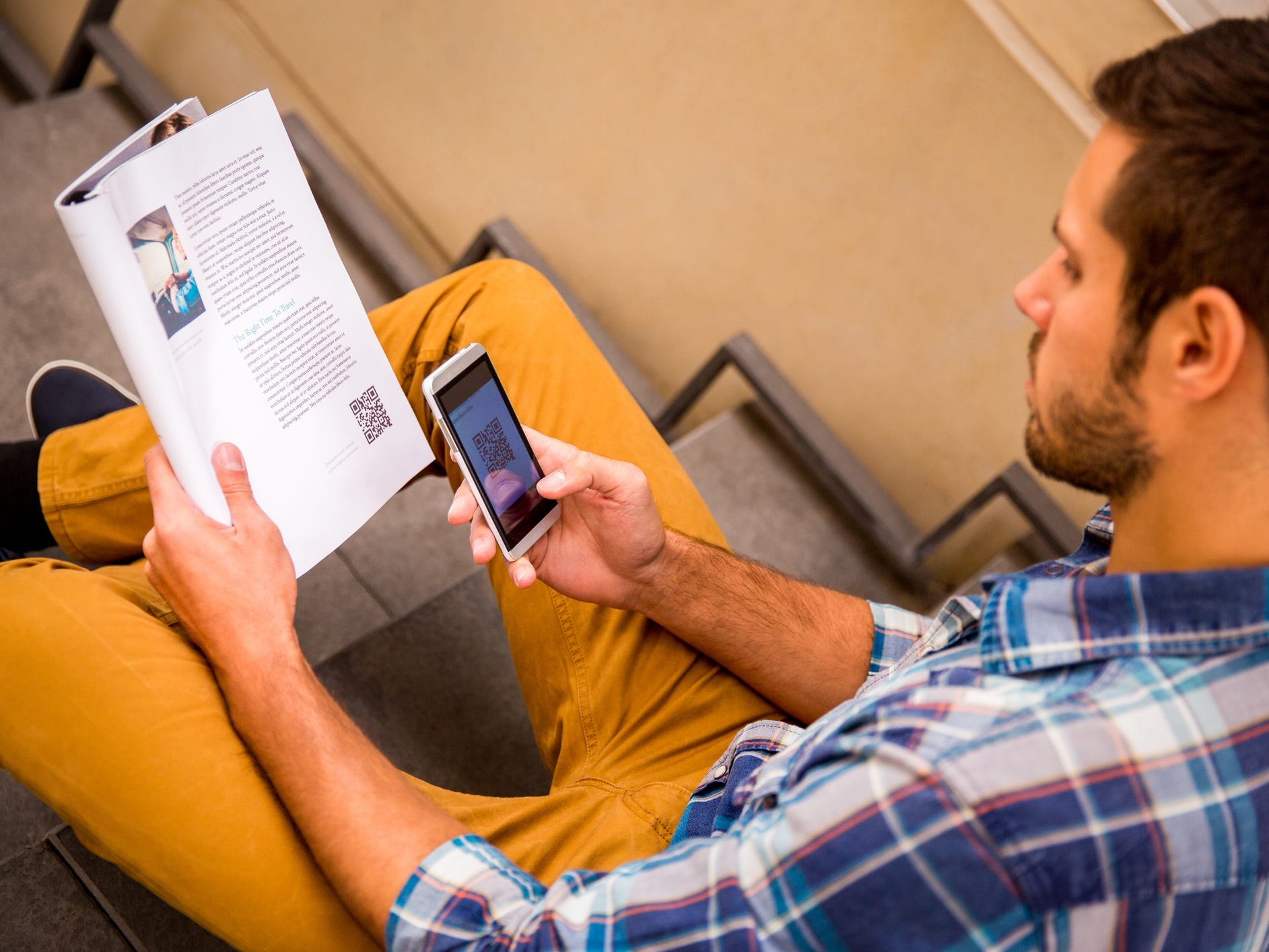
wundervisuals/Getty Images
When creating a code, you can add data to it, though it increases the code's structure and makes it more complex, and even personalize them. Additionally, a QR code's data structure contains duplicates, ensuring that even with 30% damage to the code, it will still be readable by a scanner.
While the software used to generate QR codes doesn't collect personal information from users, the location and time of a scan, the number of times a code is scanned, and the operating system of the device that performed the scan are all available to the code's creators.
Static vs. dynamic QR codes
QR codes vary in design depending on the encoded data and function, and can be categorized primarily in two ways: static and dynamic.
A static QR code cannot be modified once it has been created. This is ideal for creating QR codes in mass for an event. A drawback is its lack of creativity and that it may not allow for analytics on how many times the code may have been scanned. An example of a good static QR code would be one for your Wi-Fi password.
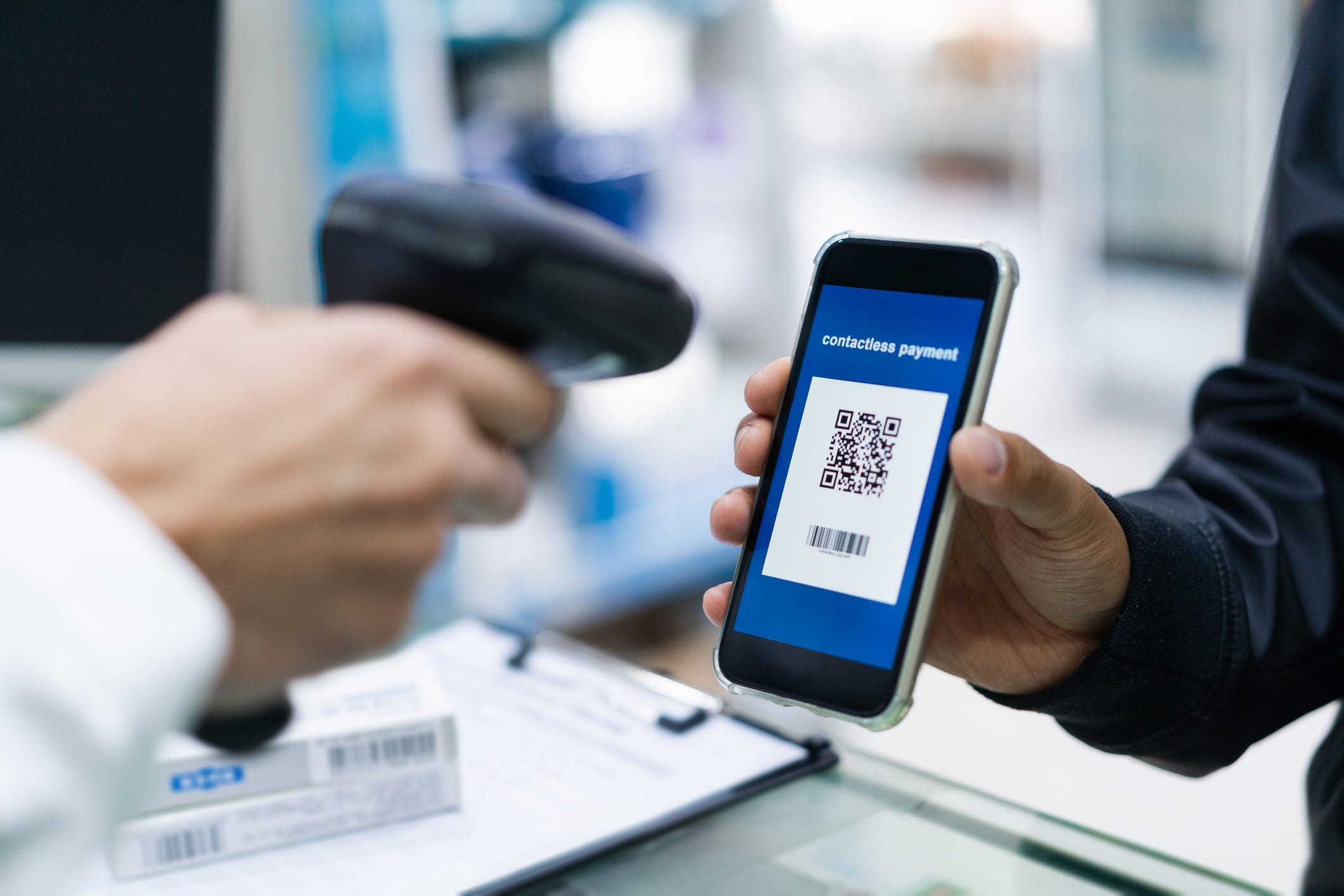
dowell/Getty Images
Dynamic QR codes allow you to change and edit the code as many times as you need. When the code is scanned, it redirects you to the URL contained inside. These codes offer the freedom to package your design, like adding contrasting colors. They also have the ability to track and measure advertising statistics.
These added insights allow the QR code creator access to where and with what device the code was scanned. Along with adding in campaign information and resetting scans, all the results collected can be downloaded as comma-separated values or a CSV report.
What can you do with a QR code?
Nowadays, QR codes are still used to track products and product information through a supply chain, but they are also used for so much more. You've likely used a QR code to view a menu, link a social profile or add friends to an account, board a flight, download an app, send and receive payments, access Wi-Fi, and authenticate your login details. The possibilities with QR codes are truly endless.
Denso Wave has also made some significant improvements to the code's design. Now QR codes can come with brand protection, anti-forgery measures, and traceability, all features meant to improve the QR code experience as they become increasingly more common across industries.
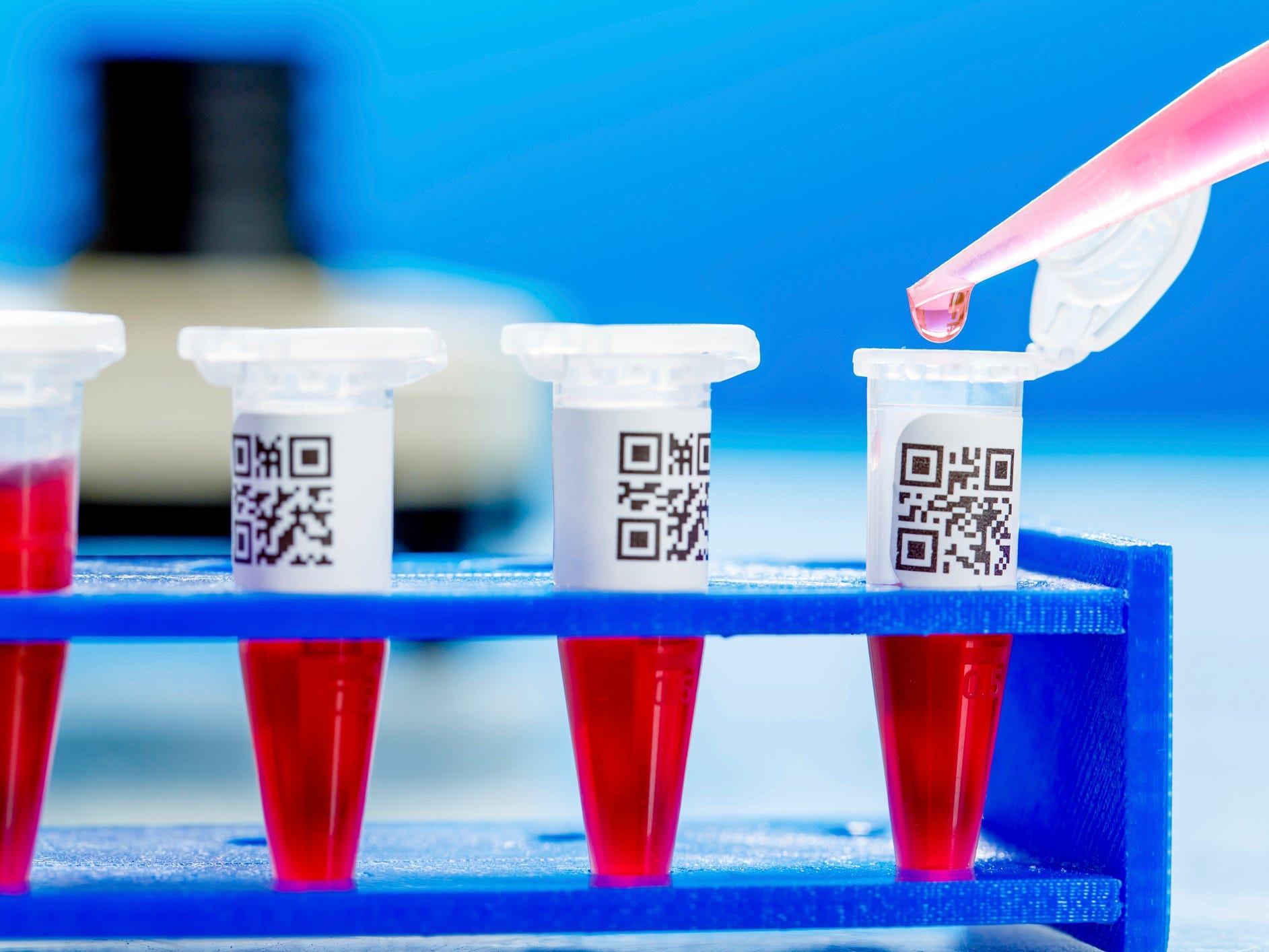
WLADIMIR BULGAR/SCIENCE PHOTO LIBRARY/Getty Images
What makes up a QR code
Visually, a QR code looks like a twisted crossword puzzle, but its design is crucial to its function. Here are some of its most important elements.
- Position detection markers: The prominent squares located in three corners of each code offer easier recognition and assist with reading the QR code at high speed.
- Alignment markers: These help straighten out codes placed on curved surfaces. It's smaller than a position detection marker but will become larger the more information a QR code holds.
- Timing pattern: The black and white alternating modules configure the data grid and help the scanner calculate how large the data matrix is.
- Version information: This determines which of the 40 different QR code versions is being used, with the most common versions being 1 to 7.
- Format information: This pattern holds information about the data mask pattern and error tolerance of the code, making it easier to scan.
- Data and error correction keys: The error correction function shares a structural space where all the data in a QR code is contained. This correction block's mechanism is essential to allowing up to 30% of a code being read if damaged.
- Quiet Zone: This white space can be seen as the border of a QR code to help improve comprehension for scanning and provide structure. It determines what is and isn't part of the code.
How to scan a QR code
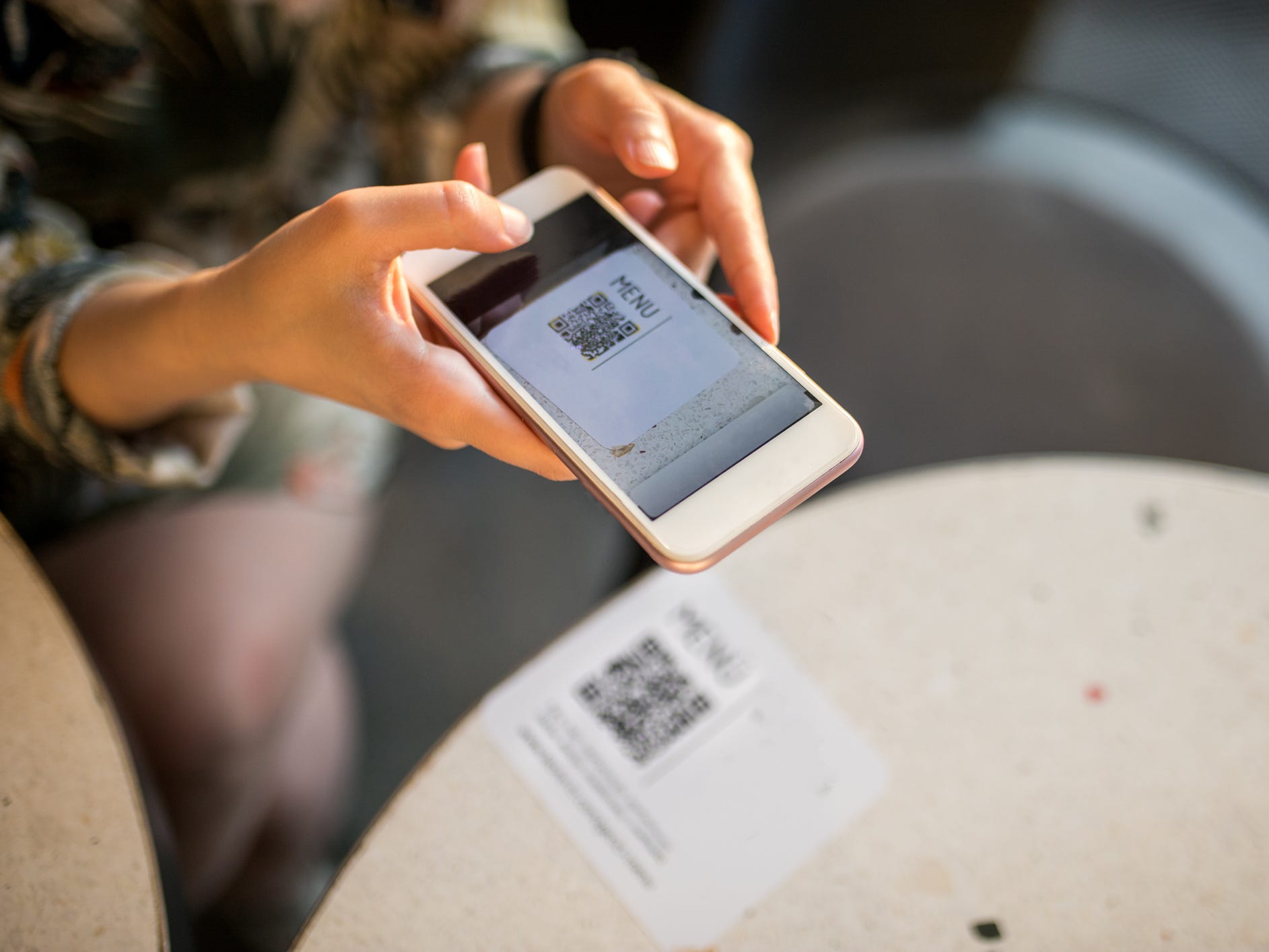
evrim ertik/Getty Images
Most smartphones are equipped with a QR reader or scanner, but if yours doesn't seem to have one, you can download it from your phone's app store.
To scan a QR code with your iPhone, open your camera app and, if your device has it, enter your device's QR Code mode. Then you line up your camera to the code so all four corners are in view. Your phone should automatically take a snapshot and a visible link to the code's data should appear on the screen.
The process is similar for those who want to scan a QR code with an Android 8 and later. Press and hold the home button and wait for the option to select the "Lens." Once open, point your camera at the QR code and proceed to tap the magnifying glass icon at the bottom of the screen to scan the code.